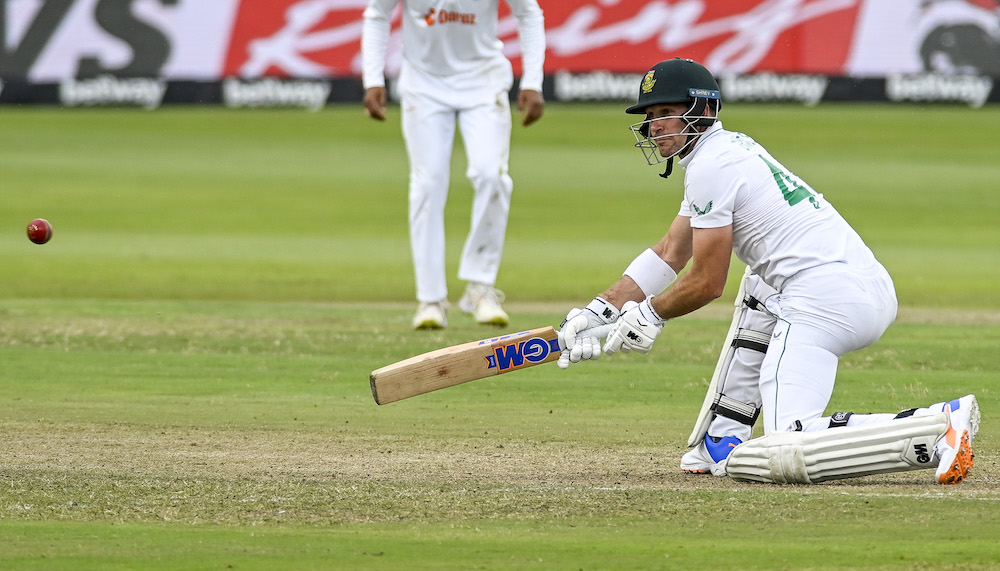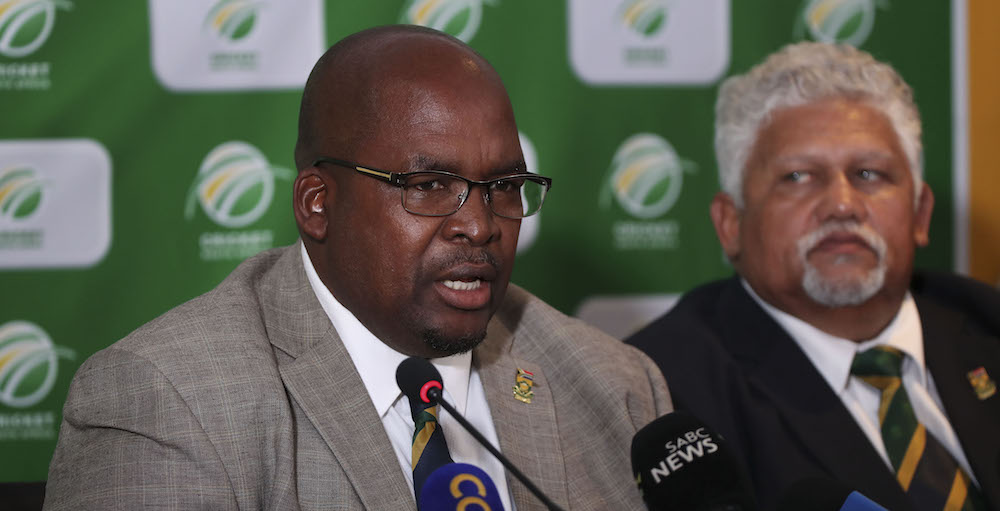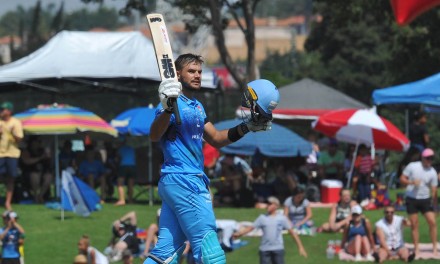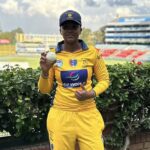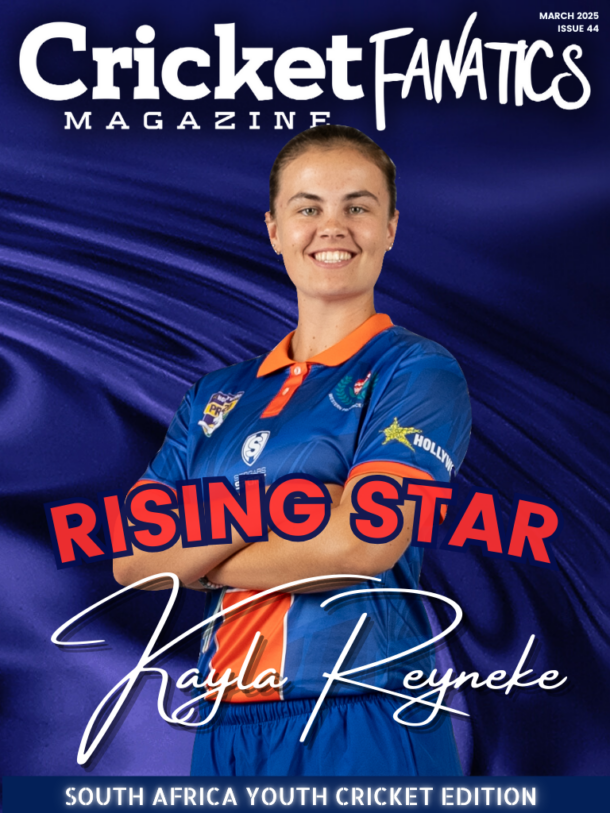
Sarel Erwee arrived in the UK on the 13th of May. On the 14th of May, Erwee was padded up, playing a match. The trip to the UK was part of Erwee’s preparation for the Test series against England in August.
Sarel does not like to leave things to the last hour, he is meticulous in his approach to the game.
“He is one of those people that are completely dedicated to the game,” says Grant Roelofsen.
The night before a match, Sarel Erwee sits in a quiet spot, closes his eyes and declutters his mind in the same way that he declutters his surroundings. Then he starts playing the video, the mental video.
In the video, Erwee sees himself fielding and then batting. He is able to feel the ball being bowled to him. In his mind, he can sense the speed at which it is coming and he can gauge the shots that he can and cannot play.
Knowing the venue and teams ahead of time helps Erwee to visualize who he will be facing and what the wicket will be like.
Erwee practised visualization the night before the second Test against New Zealand at the Hagley Oval, in Christchurch. After his innings, Erwee sent a message to Joey Mongolo.
The message read: “The visualization worked. It was as if I was there before as if I had already played that knock and had already faced those bowlers.”
Erwee met Mongolo, the Bulls defence coach, in 2021. Mongolo was completing his Masters in industrial psychology at the University of Pretoria. His elective was performance psychology.
High-performance techniques such as breathing, visualization, and goal-setting were part of the package.
“I had a conversation with Imraan Khan, the head coach of the Dolphins, about doing my practicals at the Dolphins,” says Mongolo.
“He was happy to offer me the spot. When Imraan told the guys that the option was available, Sarel was one of the seven guys who took up the option to work with me.”
Erwee, who debuted for the Proteas at 32, has taken a winding road to international cricket. He was a late bloomer, though he was not a late developer. As a teenager, Erwee dominated bowlers in KZN, that’s how he met and developed a friendship with David Miller. They attended different schools. Erwee went to St. Charles and Miller was at Maritzburg College, but at 14, the left-handed pair already had mutual respect for each other’s abilities.
Everyone around the boys expected them to debut for the Dolphins at the same time. Erwee had to wait 10 years after Miller’s debut for the Dolphins to break through. Somehow he was always overlooked.
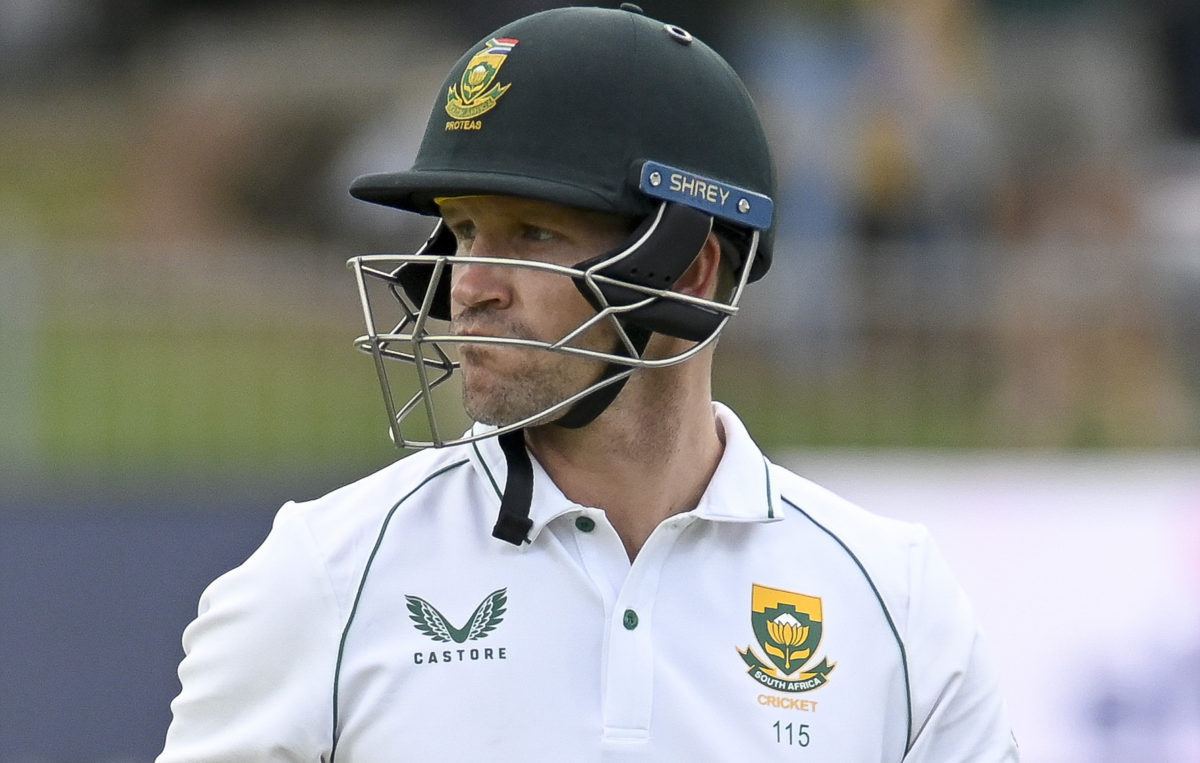
Once, Erwee walked away from cricket in frustration. He felt that he had done everything required of him but no one was noticing. After a year, somehow he found his way back.
“I met Sarel in 2012, we were both 22, and even back then his work ethic was of someone that was determined to play international cricket. He knew exactly what he wanted,” says Jason Roy who was with Erwee at Shedders Cricket Academy. “Once, I suggested to him that he might have better luck in County Cricket. He did not entertain the idea, he felt that it would affect his chances to play for the Proteas.”
Like many others, Roy never understood why Erwee took long to move up from semi-professional cricket to the Dolphins. The years Sarel spent playing semi-pro cricket in KZN, where the ball does not come onto the bat like in the highveld, have done a lot to make Erwee a late-player of the ball.
“The pitches in KZN and especially at Kingsmead teach you to play the ball late. They are slow surfaces. In addition to his ability to play the ball late, Sarel also has good balance, these are important technical aspects to counter the swinging ball,” says Imraan Khan.
The winding road that Erwee took to get to the present has also turned him into a student of the game. Erwee is always on the lookout for anything that will help him add an extra one per cent to his performance, that is why he was one of the players who decided to take the option to work with Mongolo.
“SJ is one of those guys who is always positive and open about looking for new ways to take his game to the next level,” says Marques Ackerman, Erwee’s captain and teammate at the Dolphins.
Visualization has been part of elite sports for a long time. Al Oerter, a four-time Olympic champion, and the tennis star, Billie Jean King were among those using it in the 1960s.
A study on 36 professional basketball players showed that there was little difference between players who went out to the court to practice free-throw shooting and those that practised visualization. According to sports scientists, when you visualize you actually stimulate the same brain regions as you do when you physically perform that same action.
The human brain cannot tell the difference between something that is imagined and an activity that is physically occurring. As a result, visualization also acts as a simulated practice. The psycho-neuromuscular theory also suggests that imagery strengthens the neural pathways for certain movements.
Former Proteas batter, Herschelle Gibbs, practised visualization throughout his playing career. Unlike Erwee, Gibbs was not introduced to visualization by a high-performance expert. It is a practice that he just picked up as a youngster and carried through to adulthood.
“When I started playing for the Proteas, I realised if I could visualise myself facing the bowlers I would be playing against it would help me be ready for the moment when it finally came to facing them.
“Hearing the crowd and simulating the nerves and ‘feeling’ the speed of the ball off my bat with various shots,” says Gibbs.
Gibbs visualized his innings before the 438-game, like many other of his famous knocks. But, things don’t always go according to the script, the visualization script, even though the practice helps cricketers to prepare for matches.
That’s why Erwee does not skimp on physical preparation. Erwee is always one of the first guys in the nets, ready to hit balls.
Erwee works on his physical fitness in a way that would make Mickey Arthur beam with pride. Erwee would pass Arthur’s skinfold tests with flying colours. Erwee does not miss a gym session. He developed this mindset during the years he shared accommodation with Dane Vilas.
“Dane would take me out for drinks to the local pub,” says Erwee. “It didn’t matter how many drinks we had, the next morning he would wake me up at 5 am to go for training. He taught me that the main thing must always remain the main thing.”
“Erwee is very structured and meticulous in his preparations,” says Imraan Khan. “He has a set routine and a process that gets him ready to compete.”
Part of that process is doing a certain number of drop downs, underarm throws and one-handed hitting. If there is any variation to his drills, it is that he will add the number of sets when he feels that he needs to push himself. He never goes below the benchmark that he set for himself.
“Working out beside Sarel forces you to raise your intensity to meet his,” says Ackerman.
In the gym and training field, Sarel Erwee is not the most elegant, but he gets the job done. He is the same when out on the field playing for the Proteas. He does not look elegant, and he doesn’t mind that, all he wants is to get the job done, the way he visualized it beforehand.

Photo: BackpagePix

